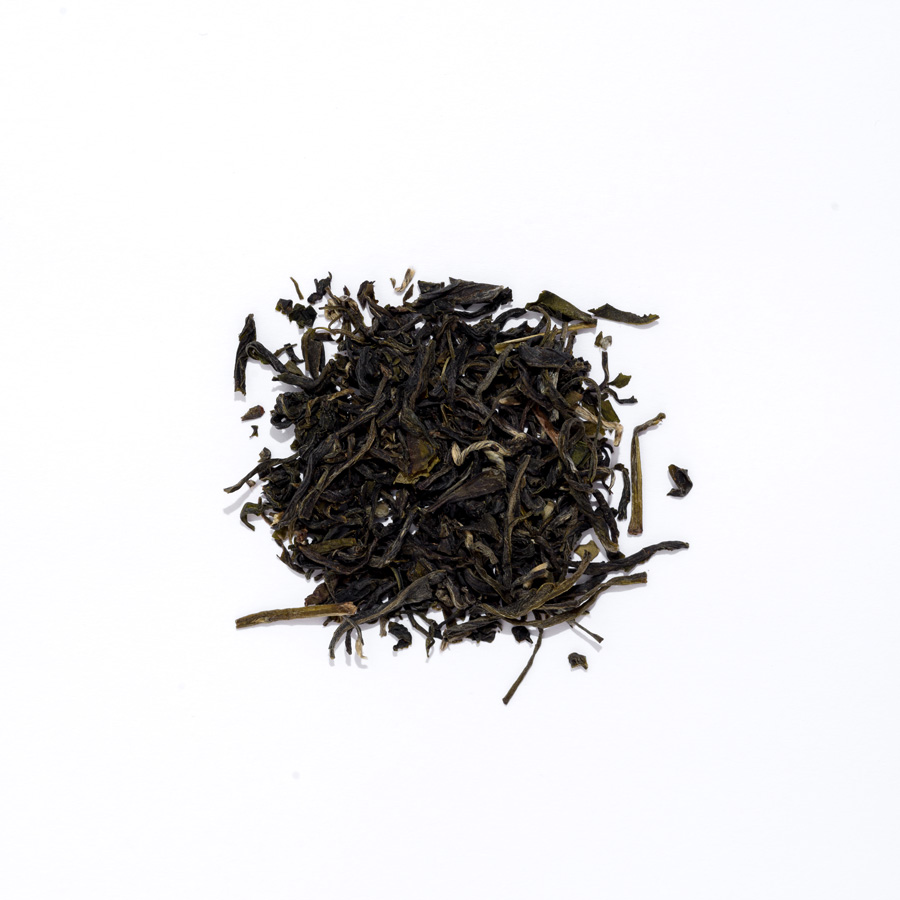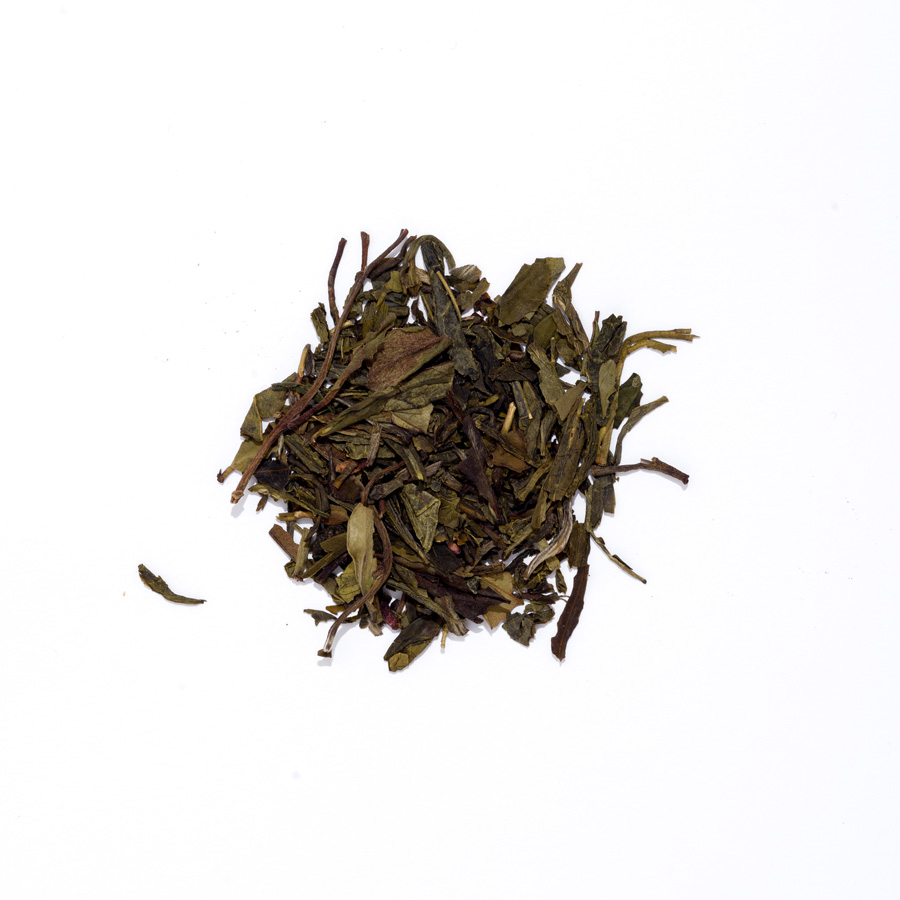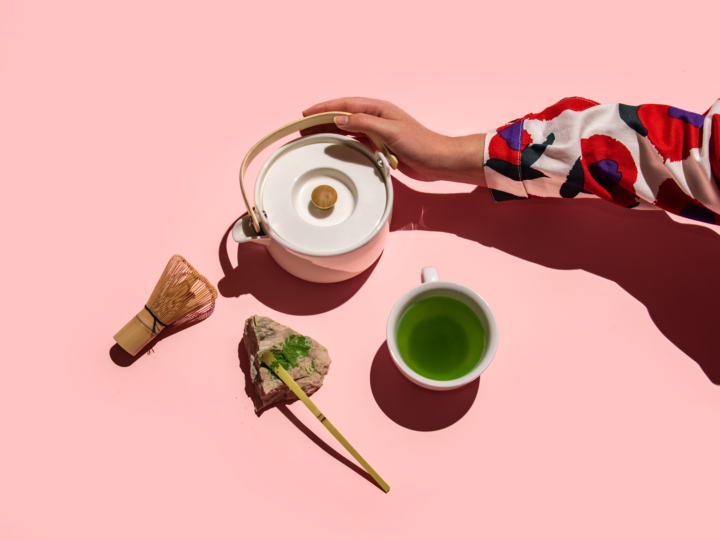Black tea
Black tea is a favourite among tea drinkers. In fact, it accounts for more than 90% of all tea sold in the West. The most oxidized of all tea types, black tea is generally stronger in flavour and contains more caffeine than other teas.
As the tea culture spread and tea was processed for trade, people noticed that the more oxidized black tea would fresher and tastier over long journeys than green tea. To this day, most of the black tea produced in China is exported out of the country.
Half of the world’s tea production comes from India. Some of the most popular styles of black tea include the Indian Assam and Darjeeling teas and the Sri Lankan Ceylon tea.
Brewing tips:
- Black teas are typically brewed for longer periods of time and in hotter temperatures than green teas. Generally, this is somewhere between 90 and 95 degrees for 3 to 5 minutes
- Most black teas are strong enough to drink with milk and sugar. To truly enjoy the subtle flavour differences between the many varieties of black tea, try sipping them plain with no additives.
Oolong
Oolong represents a true artisan mastership of tea processing. The appearance, shape and flavour of an oolong tea can vary wildly depending on the region where it’s grown and how it’s processed.
Oolong is neither black tea nor green tea. Yet an oolong may end up with more black tea characteristics or more green tea characteristics depending on the direction the tea master takes in the processing of the tea. Oolong tea is often rolled or twisted in a way that enables the flavours to steep in multiple brews.
Brewing tips:
- Generally, oolongs are steeped anywhere between 80 and 90 degrees for 60 seconds to 3 minutes.
- Most oolong teas are designed to steep multiple times. Each steeping unfurls the rolled or twisted leaves just a little more, revealing even more layers of the flavour profile intended by the tea master who created the tea.
Green tea
It surprises many people new to tea to learn that green tea and black tea originate from the same exact plant species—Camellia sinensis, and just processed in different ways. Black tea is allowed to oxidize, while green tea is heat treated faster after picking.
Not all green tea taste the same, even though it all comes from the same plant variety. Processing, farming, picking and even the surrounding crops may affect the flavour of the end product.
Brewing tips:
- Typically, green teas are brewed in a short time at around 60 to 80 degrees.
- Green tea should be steeped from 30-60 seconds for the more delicate teas to 2 to 3 minutes for regular teas.
White tea
White tea comes from the delicate buds and younger leaves of the tea plant, which are allowed to oxidize naturally. The least processed of all tea types, white tea is closer to the plant’s natural state, increasing the tea’s antioxidant properties. Its name comes from the fine silvery-white hairs on the unopened buds, which give the plant a whitish appearance.
Brewing tips:
- Some white teas can be brewed a bit longer and in slightly hotter temperatures than green teas. Generally, this is somewhere around 85 degrees for 3 to 5 minutes. But others are more delicate and should be brewed like a green tea.
Pu’erh tea
Pu’erh tea or puer tea is an aged black tea from China, that is claimed to have medicinal properties. Until 1995 it was illegal to import it into the U.S., and the process of its production is a closely guarded state secret in China. It is very strong and has a deep and rich flavour.
Yellow tea
Yellow tea is a rare category of tea that is similar to green tea in appearance and flavour. Yellow teas typically go through more oxidation than green teas and have a longer, slower drying period. All yellow teas are from China.
Matcha
Matcha is a high-grade green tea ground into powdered form. The green tea powder is whisked into hot water, instead of steeped, to form a drink with soft foam. The meditative act of making, serving, and drinking matcha is the backbone of the Japanese tea ceremony. While matcha is originally ceremonial, the green tea powder has gotten widely popular all over the world and is used for everything from ice cream to pastries.
Matcha is prepared differently from a typical brewed tea and is very easy to make if you have the right tools.
- Bring 100 ml of water to a boil. Remove from heat and let cool for 2 to 3 minutes.
- Place 1/2 teaspoon matcha powder in a small bowl. Add a splash of the hot water and mix with a bamboo whisk to form a smooth paste.
- Add remaining water to the bowl and mix with the bamboo whisk, flicking the whisk back and forth, until the powder is mixed completely and you get a light foam on top.
Rooibos
Rooibos tea is also known as red bush tea. It is made using leaves from the shrub Aspalathus linearis, grown in South Africa, so it is actually a herbal drink rather than a tea. Rooibos is full of antioxidants, which may offer health benefits.
Traditional rooibos is created by fermenting the leaves, which turns them a red-brown colour. Rooibos tea is usually consumed like black tea, possibly with milk and sugar.
See the Slurp tea selectionComments (0)
Leave a reply
You must be logged in to post a comment.



